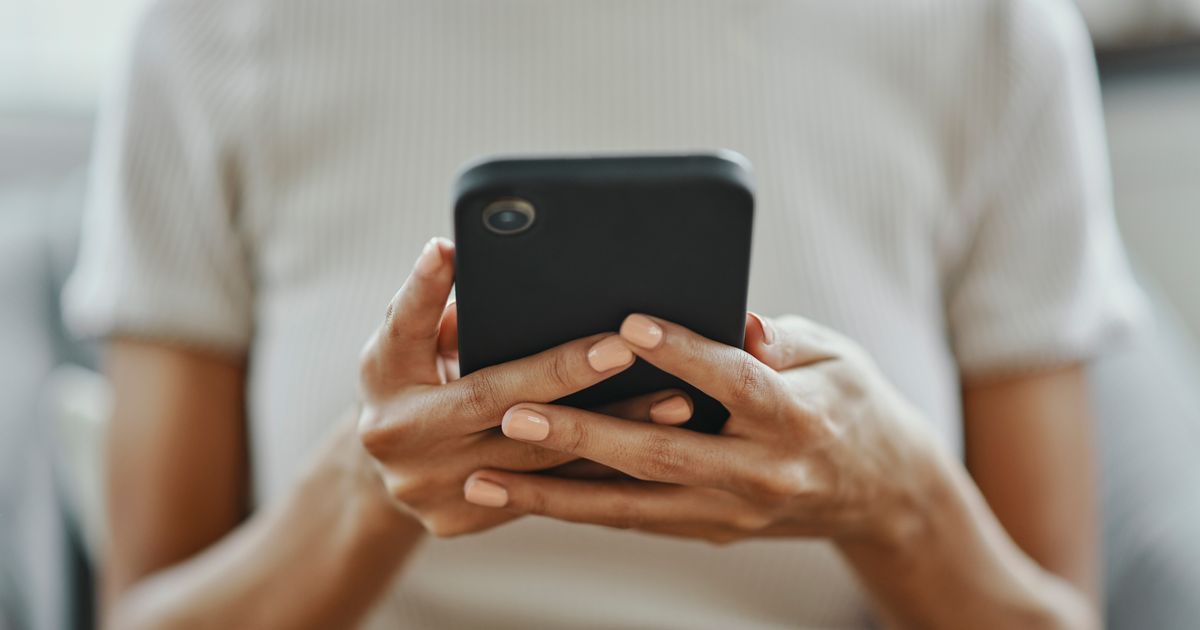You’ve probably heard about the suicide hotline, which recently switched to just 988 as its number. You can use the 988 Suicide & Crisis Lifeline if you’re distressed, tempted to hurt yourself or experiencing any mental health crisis. For some people, this resource can be incredibly helpful — or even lifesaving.
But what about those times when you just need someone to talk to? You may not feel you need the hotline. However, you’re still dealing with a tough situation you want to talk through.
While the suicide hotline is always available, there’s another option we need to spread the word about: “warmlines.” Also free, they are staffed by trained peers who understand what it’s like to struggle with mental health.
A 2011 study found that warmline callers needed crisis services less and felt less isolated after using the resource. It’s pretty obvious that warmlines aren’t a bad idea — and their positive effects may be more far-reaching than you’d realize at first.
Here’s how they can help and how you can utilize them yourself:
They Make Mental Health Care More Accessible
There’s no doubt that barriers keep many people from getting mental health treatment. At least 39% of people don’t receive services because of cost, for example. Plus, getting access to care is even more difficult for people of color.
While that issue still needs to be addressed, this is where warmlines can help. “They are important because access to mental health care in this country is so poor, most people don’t have someone to turn to when they have a question to work through or need support,” said Dr. Jessica Gold, an assistant professor in the department of psychiatry at Washington University in St. Louis. She added that warmline operators are also a more neutral party than a loved one (and someone you don’t have to see in person).
Most warmlines are a 24/7 service, so if your therapy appointment isn’t until next week and your friends and family are all asleep, you’re not out of options. “This allows people to feel validated in their experiences in the moment and not have to wait,” Gold said.
They Address Challenges Early On
Warmlines are also preventive. “Warmlines are so important because they offer another layer of help before a person may need to call 911 or visit their nearest emergency room,” said Jami Shanes, a counselor at LifeStance Health, which provides outpatient mental health care both virtually and in person.
With the possibility that 988 could bring police to your home — which may feel especially unsafe for people of color and people who have had negative experiences with authority figures — this factor can’t be ignored.
On that note, a 2021 survey said warmlines prefer reaching out to regional crisis services, if needed, instead of calling 911, and a few lines even have policies against calling 911. Plus, with the outrageous costs of the ER and inpatient stays — think $1,000 a day, give or take — proactive care is crucial. (This isn’t to say those resources aren’t needed sometimes or that the financial piece can’t be worked out, but to validate how stressful the situation can be.)
They Increase Overall Well-Being
Gold said the peer support aspect is key in preventing mental health symptoms from getting worse as well. According to research, peer recovery support can result in increased empowerment and hope, heightened social functioning, less hospitalization, decreased self-stigma and much more.
Westend61 via Getty Images
So How Do Mental Health Warmlines Work?
Before calling a warmline, you may want to know what to expect.
First, remember that warmline staff members are trained. “All of our warmline specialists are certified peer specialists in addition to being trained in warmline specifics to effectively and efficiently handle all calls in a manner that holds each caller in unconditional high regard,” said Charisse Parker, the warmline director at Wings Across Alabama.
So what exactly might a call or texting session look like? “Usually when you call the warmline, the operator will listen for a while and then perhaps offer comforting words,” said Chaya Grossberg, a former warmline specialist and nonmedical consultant who supports people going through psychiatric medication withdrawal. “A warmline can offer the caller a listening ear in a moment of stress or where there’s an extreme problem that someone needs either a sounding board for or advice about.”
Again, it’s important to note that these operators aren’t mental health professionals but “can relate on a human-to-human level, often sharing their own experiences with the caller to be more relatable,” she added.
Some warmlines may have a time limit — such as 20 minutes or an hour — and will let you know. Others allow you to talk as long as you need.
Of course, not every call will necessarily make you feel better, which is just something to be aware of going in. “Calling a hotline or warmline is not a guarantee that someone is going to feel better or that their problems have been solved,” Shanes said. “That is why it is also important to have multiple tools in your toolbox of care.”
Those tools might include your favorite comedy, playing with your pet, texting a solid friend or doing a deep-breathing exercise you like. Basically, anything that helps you feel better.
If you’re nervous, that’s OK. In addition to working at a warmline, Grossberg has called them before — and she feels that way every time. “It can be anxiety-provoking to not know who you will talk to or if they will even be a good listener,” she said. “One thing I have realized is that in a moment of needing a listening ear, there has been little to lose.”
You can always use a pseudonym or hang up if the conversation isn’t going well, she added, which is something she’s done before.
Is It Time For You To Call A Warmline Or Hotline?
Not sure if you should call a hotline or warmline? Shanes said a hotline is best if you’re suicidal or in immediate crisis, while a stressful day at work might be more appropriate for a warmline, for example.
Also, consider what you need. “It’s been a while since I’ve called the warmline, but the combination of anonymity, immediacy and a listening ear — [the warmline] is something I would try again if I was in a situation where those traits were what I most needed,” Grossberg said.
Unlike the suicide hotline, whose number is 988 wherever you are in the country, warmline numbers depend on your location. Warmline.org has a directory that lists the numbers in different states. (If your state doesn’t have a warmline, try one in a different location, like Wings Across Alabama.) It may be helpful to go ahead and add the warmline number to your contacts.
Calling someone you don’t know can be scary, but these specialists took on this role because they get it and want to help people like you. No matter who you are or how you’re feeling, you deserve help — and it’s available.


